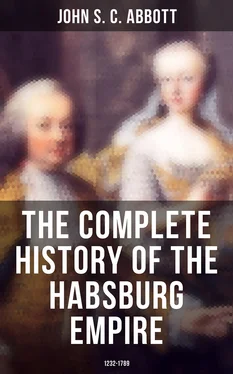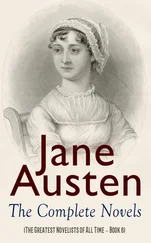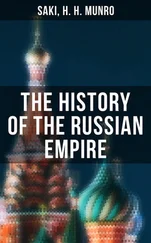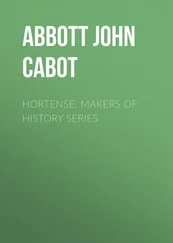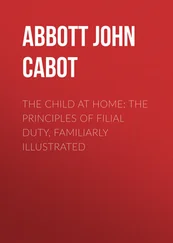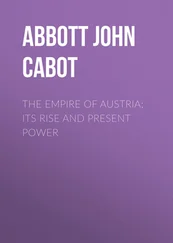John S. C. Abbott - The Complete History of the Habsburg Empire - 1232-1789
Здесь есть возможность читать онлайн «John S. C. Abbott - The Complete History of the Habsburg Empire - 1232-1789» — ознакомительный отрывок электронной книги совершенно бесплатно, а после прочтения отрывка купить полную версию. В некоторых случаях можно слушать аудио, скачать через торрент в формате fb2 и присутствует краткое содержание. Жанр: unrecognised, на английском языке. Описание произведения, (предисловие) а так же отзывы посетителей доступны на портале библиотеки ЛибКат.
- Название:The Complete History of the Habsburg Empire: 1232-1789
- Автор:
- Жанр:
- Год:неизвестен
- ISBN:нет данных
- Рейтинг книги:3 / 5. Голосов: 1
-
Избранное:Добавить в избранное
- Отзывы:
-
Ваша оценка:
The Complete History of the Habsburg Empire: 1232-1789: краткое содержание, описание и аннотация
Предлагаем к чтению аннотацию, описание, краткое содержание или предисловие (зависит от того, что написал сам автор книги «The Complete History of the Habsburg Empire: 1232-1789»). Если вы не нашли необходимую информацию о книге — напишите в комментариях, мы постараемся отыскать её.
History of the Austrian Empire embraces all that is wild and wonderful in history; early struggles for aggrandizement, the fierce strife with the Turks, the long conflicts and bloody persecutions of the Reformation, the thirty years' religious war, the meteoric career of Gustavus Adolphus and Charles XII. Shooting athwart the lurid storms of battle, the intrigues of Popes, power and encroachments of Louis XIV., the warfare of the Spanish succession and the Polish dismemberment. All these events combine in a sublime tragedy which fiction may in vain attempt to parallel.
Contents:
Rhodolph of Hapsburg – From 1232 to 1291.
Reigns of Albert I., Frederic, Albert and Otho – From 1291 to 1347.
Rhodolph II., Albert IV. And Albert V. – From 1389 to 1437.
Albert, Ladislaus and Frederic. – From 1440 to 1489.
The Emperors Frederic II. And Maximilian I. – From 1477 to 1500.
Maximilian I. – From 1500 to 1519.
Charles V. – From 1519 to 1555.
Ferdinand I.—his Wars and Intrigues. – From 1555 to 1562.
Death of Ferdinand I.—Accession of Maximilian II. – From 1562 to 1576.
Character of Maximilian.—Succession of Rhodolph III. – From 1576 to 1604.
Rhodolph III. And Matthias. – From 1604 to 1612.
Matthias. – From 1612 to 1619.
Ferdinand II. And Gustavus Adolphus. – From 1629 to 1632.
Ferdinand II., Ferdinand Iii. And Leopold I. – From 1632 to 1662.
Leopold I. And the Spanish Succession – From 1662 to 1710.
Joseph I. And Charles VI. – From 1710 to 1717.
Charles VI. – From 1716 to 1727.
Charles VI. And the Polish War. – From 1727 to 1735.
Charles VI. And the Turkish War Renewed. – From 1735 to 1739.
Maria Theresa. – From 1739 to 1780.
Joseph II. And Leopold II. – From 1780 to 1792.
